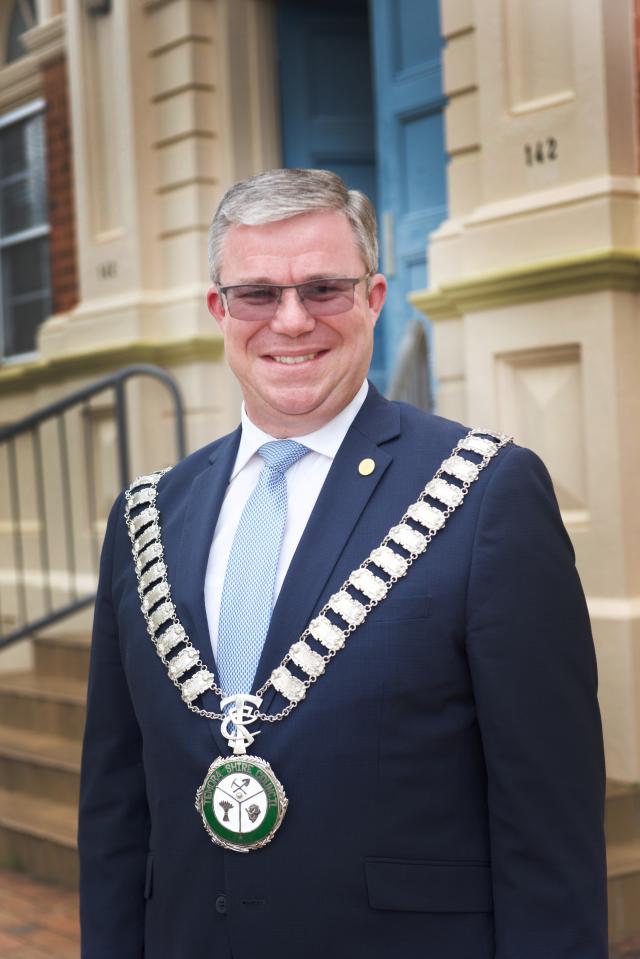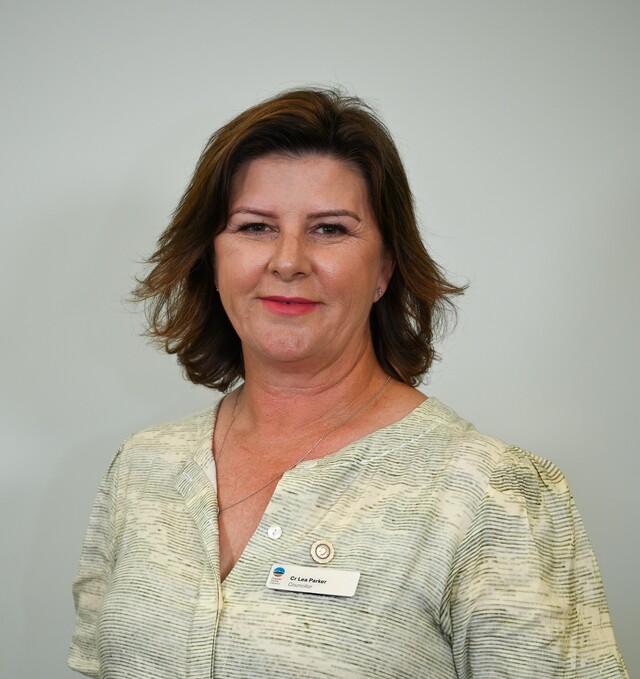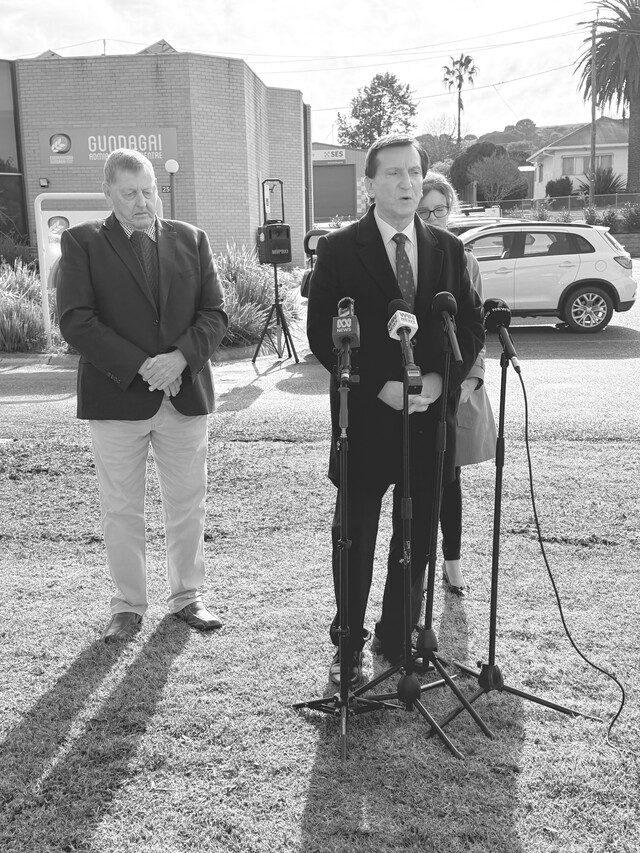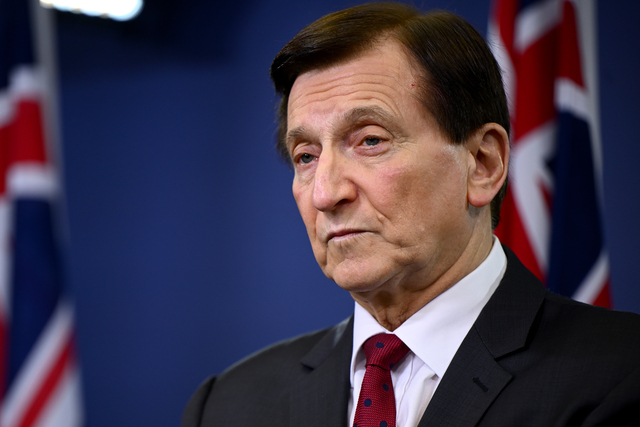What happens when a person with a disability approaches your organisation and makes an enquiry about sport? Are they made to feel welcome? Are they treated with respect? Does someone give them information that has clearly been adapted to suit their needs? Does your Council have trained personnel to assist you with integrating any special needs if necessary?
If not, you could be missing out on including the 19 per cent of the Australian population that has a disability. Direct discrimination is not a major issue in Australia. However, indirect discrimination is more common and can be a major deterrent for people with a disability. Unlike direct discrimination, for example lack of appropriate physical access, indirect discrimination is more subtle and much harder to identify. It need not be deliberate and can stem from fears and stereotypes and a lack of understanding about the needs of people with a disability.
It is not about ramps, signage or disabled toilets but more about attitudes and understanding. The good news is that it is not a difficult task to address the various forms of discrimination. Help is available through the Active Australia Disability Education Program (DEP). The DEP is an Australia-wide network of agencies that are supported to deliver education and training programs to the sport community. Resources and workshops that specifically deal with issues of inclusion are available to sporting and community organisations to help develop strategies that will eliminate some of the barriers faced by people with a disability.
Creating a welcoming environment is not difficult and will significantly enhance the diversity and value of services an organisation provides, as well as increasing an organisation’s membership base potential.
For more information about the DEP and how to create an inclusive environment, visit www.activeaustralia.org/dep







